Brazil’s Climate Push Must Start at Home
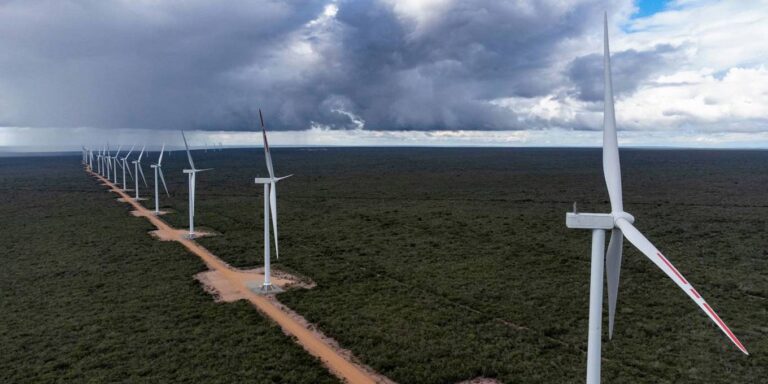
As the current G20 president and host of next year’s United Nations Climate Change Conference, Brazil has sought to establish itself as a global climate leader. But to have the biggest impact, Luiz Inácio Lula da Silva’s government must lead by example, which means committing to ambitious emissions targets and energy policies.
AMSTERDAM – Ever since Brazilian President Luiz Inácio Lula da Silva returned to office in 2023 and told the world that Brazil is “back on the world stage,” the government has endeavored to establish itself as a global climate leader. As the current G20 president, Brazil is pushing for a sustainable bioeconomy and scaled-up climate finance – goals that it will surely continue to pursue as the host of next year’s United Nations Climate Change Conference (COP30). Moreover, the country recently formed a troika with the hosts of COP28 (the United Arab Emirates) and COP29 (Azerbaijan) to preserve the Paris climate agreement’s goal of limiting global warming to 1.5º Celsius.
The Brazilian government has not been afraid to challenge rich countries and individuals as part of its efforts to halt the rise in global temperatures. But to have the biggest impact, Brazil must lead by example. As the saying goes, charity begins at home. The timing could not be better: countries must submit more ambitious 2035 emissions-reduction targets, known as nationally determined contributions (NDCs), by February 2025.
The need to cut greenhouse-gas (GHG) emissions has never been more urgent for Brazil, which was recently hit by record flooding and has been fighting devastating forest fires for weeks. To be sure, investing in adaptation and resilience requires increased financial flows from the wealthy countries responsible for the bulk of historic pollution to vulnerable countries suffering the worst effects of global warming. But reducing fossil-fuel emissions and extraction, which has harmed traditional and indigenous communities’ health, destroyed their land, and diminished their capacity to provide for their families, is also a matter of economic and social development. Brazil must devise an energy policy that works for these communities.
The share of electricity generated from wind and solar power is expanding rapidly, and these renewable-energy sources are becoming cheaper by the day. Brazil has abundant sun and wind and the tools to operate these technologies successfully. But, equally important, local communities are already expanding clean-energy infrastructure and have created innovative and effective solutions to participate in the decarbonization decision-making process.
Various community-led and decentralized clean-energy projects, often developed in partnership with NGOs, are being launched across Brazil, from isolated villages in the Amazon to densely populated favelas (informal settlements) in Rio de Janeiro. At the same time, the country’s indigenous peoples have developed robust consultation protocols for the design and implementation of public and private renewable-energy projects on their land.
Last year, COP28 closed with an agreement to “transition away from fossil fuels” – the first time such a call has been made at the climate summit – and to triple renewable energy and double energy efficiency by 2030. To honor that agreement, Lula’s government must challenge the false notion that fossil fuels are necessary for development and can complement efforts to scale up and provide equitable access to community-centered renewable energy.
To show the world that Brazil can lead the global renewable-energy transition by example, its updated NDC must commit to bold action, such as stopping new fossil-fuel projects and shutting down existing ones, and deploying the resources required to meet the global goal of tripling renewable-energy generation. Moreover, to advance the goal of energy justice, the government should implement policies aimed at ensuring that solar and wind power reaches vulnerable communities.
If the Brazilian government creates a national platform that provides operational support to these clean-energy solutions, the country can show the world that it is possible to decarbonize while putting people first. In fact, this is not only possible but essential.
A few years ago, the world came together to combat the COVID-19 pandemic. Governments quickly poured resources into vaccine development and production, successfully creating the tools to solve a novel problem in record time. In this case, the world has everything it needs to accelerate the energy transition and limit global warming; all that it is missing is the political will to commit to – and follow through on – ambitious targets and policies. Brazil can and should be one of the first countries to demonstrate it.
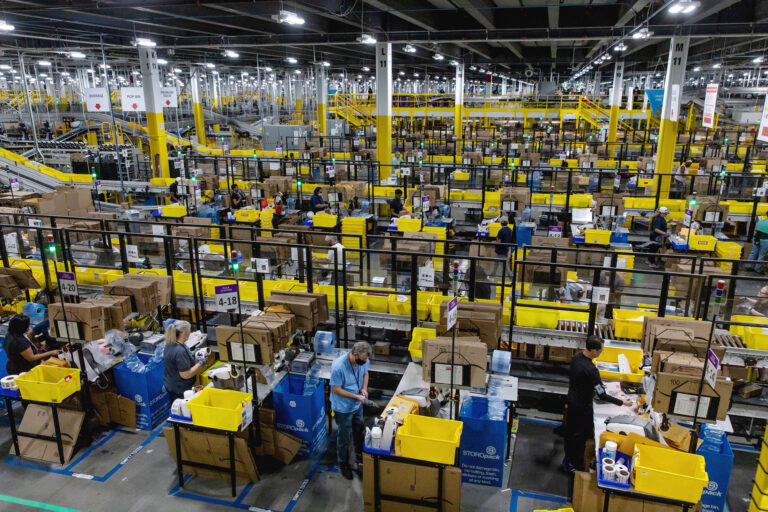

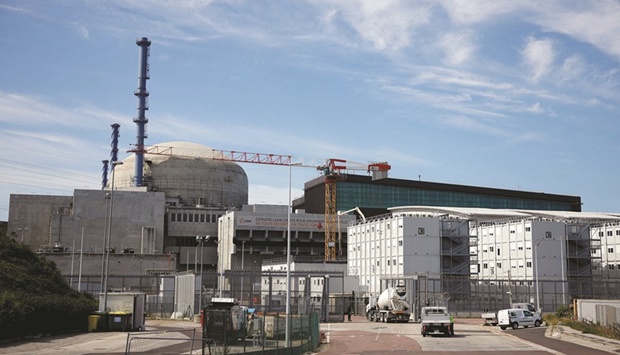





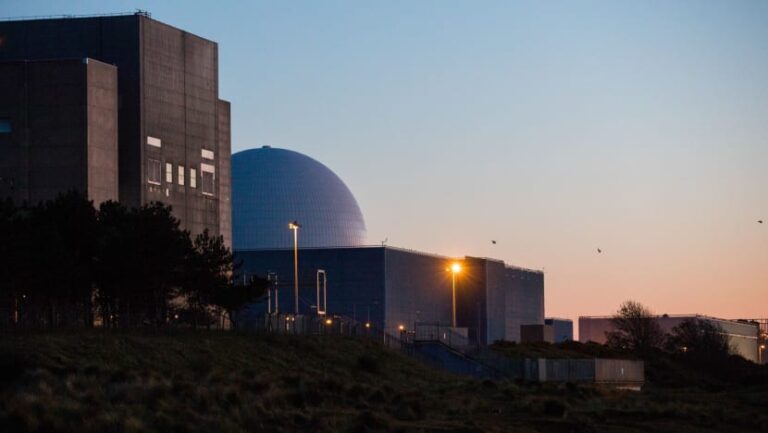
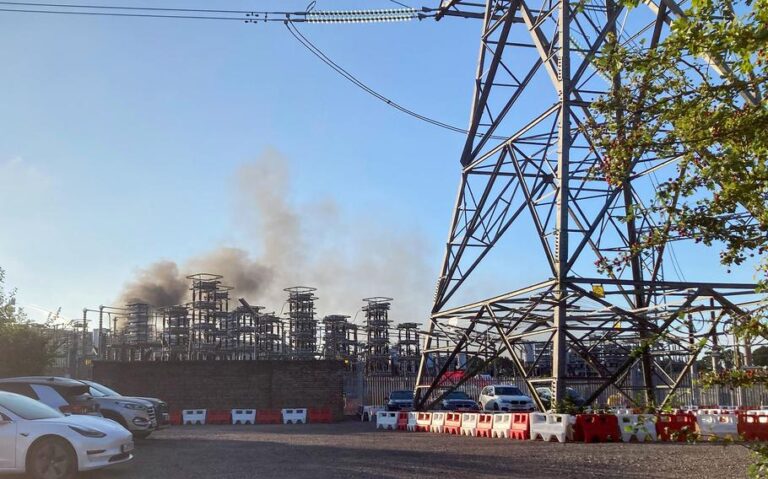
NEW YORK – One way or another, central banks’ behavior will have to change with the climate. But it should evolve only because climate change will create new constraints and drive new forms of public and private economic activity. Central banks’ primary function should not change, nor should they adopt “green” targets that could undermine the pursuit of their traditional objectives: financial stability and price stability (which in the United States is a dual mandate of price stability and maximum employment).
Climate change will be a defining global issue for decades to come, because we are still a very long way from ushering in a low-carbon, climate-resilient world. Three features of our greenhouse-gas (GHG) emissions will impede the appropriate response. First, the benefits (cheap energy) are enjoyed in the present while the costs (global warming) are incurred in the future. Second, the benefits are “local” (they accrue to the GHG emitter) while the costs are global – a classic externality. Third, the most efficient methods of limiting GHG emissions impose disproportionate burdens on developing countries, while the task of compensating poor countries remains politically fraught.
The most efficient way to address climate-change externalities is through targeted fiscal and regulatory measures. Pigouvian taxes or tradable quotas would create the right incentives for reducing GHG emissions. Carbon taxes, as advocated by William D. Nordhaus of Yale University, must become the global norm (though it is difficult to envisage a global carbon tax working without a significant transfer of wealth from developed to developing countries). Rules and regulations targeting energy use and emissions can complement green taxes and quotas, and public spending can support research and development in the green technologies that we will need.
What does not belong in the mix is a green mandate for central banks. To be sure, legal mandates can change, and central banks have a well-established tradition of exceeding them. The European Central Bank’s financial-stability mandate is secondary to – “without prejudice to” – its price-stability mandate. This did not prevent it from acting decisively and quite effectively during the global financial crisis, the eurozone sovereign debt crisis, and the COVID-19 crisis, even when this meant overriding the price-stability target in 2021 and likely also in 2022. Moreover, Article Three of the Treaty on European Union explicitly provides for “a high level of protection and improvement of the quality of the environment,” so it is easy to see how the ECB’s financial-stability and monetary instruments could be used to target climate change.
But that does not mean they should be used in this fashion. The standard monetary-policy instruments (one or more policy interest rates, the size and composition of the central bank’s balance sheet, forward guidance, and yield curve control) are typically used to target price stability or the dual mandate. Judging by the results, there is no spare capacity in the monetary-policy arsenal.
These monetary-policy instruments impact financial stability as well, and not always in desirable ways. In addition, capital and liquidity requirements underpin micro- and macroprudential stability; and central banks can impose additional conditions on the size and composition of regulated entities’ balance sheets. As the lender and market maker of last resort, the central bank can choose its eligible counterparties, the instruments accepted as collateral or bought outright, and the terms and conditions on which it lends or makes outright purchases.
There is no doubt that climate change affects a central bank’s price-stability objective, including through current and anticipated changes in aggregate demand and supply, energy prices, and other channels. Climate change also could significantly alter the transmission of monetary policy, and thus will have to become an integral part of the models that guide central banks in pursuit of their primary objectives.
Green issues also affect financial stability in major ways. Extreme weather events can damage assets held by financial institutions and their counterparties. Climate-mitigation and adaptation efforts can depress the value of assets, potentially leaving many “stranded” or worthless. A central bank’s financial-stability mandate requires it to recognize and respond appropriately to the foreseeable effects that climate change will have on asset valuations and on the liquidity and solvency of all systemically important financial entities and their counterparties in the real economy.
But anticipating and responding appropriately to these risks now and in the future does not mean that higher capital or liquidity requirements should be imposed on “brown” loans, bonds, and other financial instruments. Financial-stability risks and global-warming risks are not perfectly correlated. Moreover, there are no redundant financial-stability policy instruments, and capital and liquidity requirements have a clear comparative advantage in pursuing financial-stability objectives, just as carbon taxes and emissions-trading systems have a clear comparative advantage in pursuing and achieving “green” objectives.
The shocks and disruptions caused by climate change will complicate central banks’ pursuit of their price-stability and financial-stability mandates. The last thing they need is to feel pressure to load additional objectives on their limited instruments. Just as it makes no sense to use carbon taxes or emissions-trading schemes to target financial stability, it makes no sense to use capital and liquidity requirements to address global warming. The appropriate tools to address climate change – fiscal and regulatory – are well-known and technically feasible. What is missing is the foresight, logic, and moral courage to deploy them.